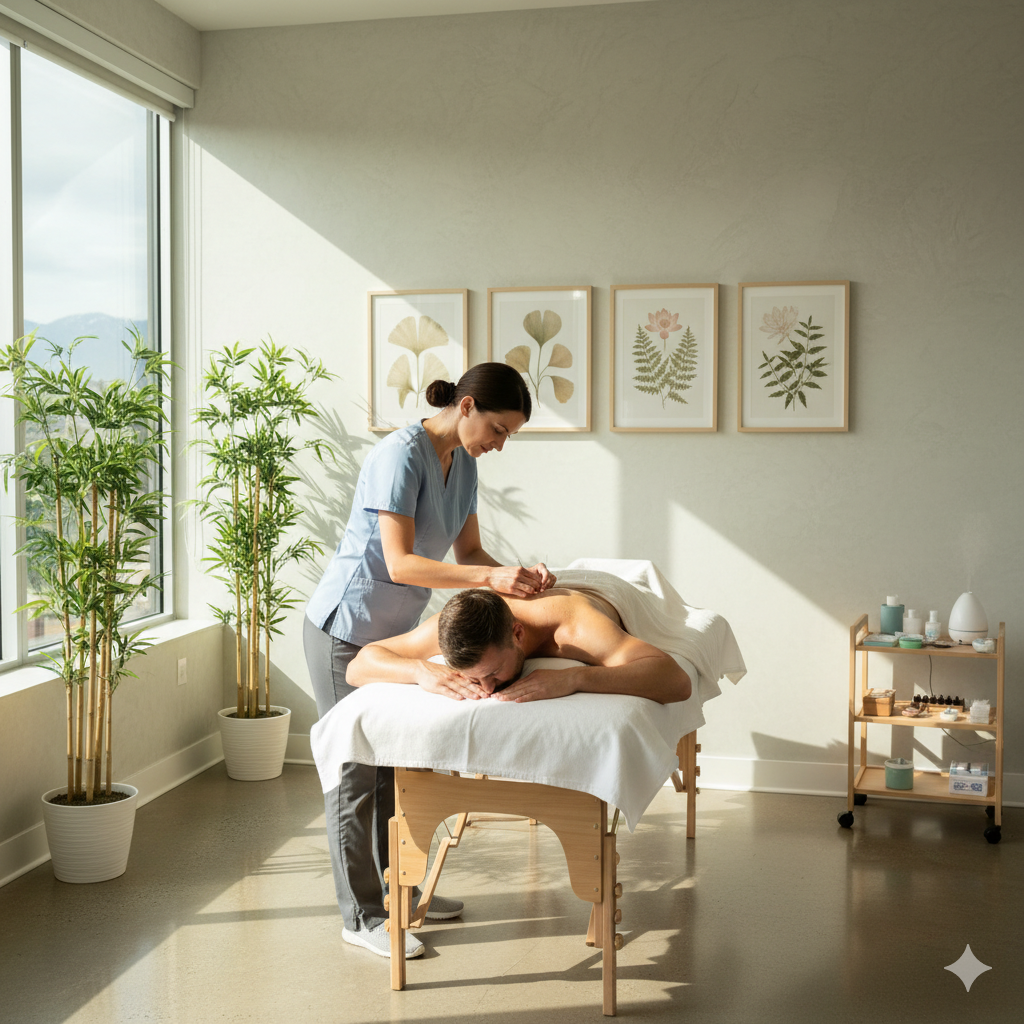A Journey Through Nasal Reshaping in the UAE
Rhinoplasty Surgery in UAE (جراحة تجميل الأنف في الإمارات العربية المتحدة), commonly known as a nose reshaping procedure, has long been a sought-after aesthetic and functional enhancement. Across the globe, and particularly within the United Arab Emirates, this intricate surgery has undergone a remarkable transformation. From its foundational principles to the sophisticated techniques employed today, the field of rhinoplasty in the Emirates reflects a commitment to advanced practices and patient-centered outcomes. This journey showcases a fascinating blend of artistry and scientific progress, continuously refining the possibilities for nasal harmony and balance.
Pioneering Techniques and Technological Advancements
The landscape of rhinoplasty in the UAE has been significantly shaped by a dedication to embracing and often pioneering new methodologies. The evolution is marked by a shift towards more precise, less invasive, and highly customizable procedures, driven by both surgical innovation and the integration of cutting-edge technology.
Precision Through Advanced Imaging
One of the most impactful advancements in rhinoplasty in the Emirates is the widespread adoption of advanced imaging technologies. Facilities are increasingly utilizing 3D imaging and simulation software. This allows individuals considering the procedure to visualize potential outcomes with remarkable accuracy before any surgical steps are taken. This technology fosters enhanced communication between the individual and the specialist, ensuring that expectations are aligned with achievable results. The ability to create a digital model of the nasal structure and simulate various modifications leads to more precise surgical planning and ultimately, more satisfying outcomes.
The Rise of Minimally Invasive Approaches
The trend in modern surgical practices, including rhinoplasty, leans heavily towards minimally invasive techniques, and the UAE has been at the forefront of this movement. Innovations like ultrasonic rhinoplasty, also known as Piezo surgery, exemplify this shift. Unlike traditional methods that might involve chisels or hammers, Piezo technology uses ultrasonic vibrations to precisely sculpt nasal bones. This selective action on bone and hard cartilage minimizes trauma to surrounding soft tissues, blood vessels, and nerves. The benefits of this approach include reduced bruising and swelling, quicker recovery times, and even greater precision in achieving the desired nasal shape. This allows for a more refined and controlled reshaping process, leading to smoother contours and more predictable results.
Preservation Rhinoplasty: A Philosophy of Subtlety
A significant philosophical shift in rhinoplasty has been the increasing popularity of preservation rhinoplasty. This approach focuses on maintaining as much of the nose’s natural anatomy as possible, rather than extensively removing cartilage and bone. Instead, existing structures are meticulously reshaped, repositioned, or subtly adjusted to achieve aesthetic improvements. This method often results in a more natural-looking outcome, reducing the likelihood of an “operated” appearance. It emphasizes enhancing existing features while ensuring long-term structural integrity and functional well-being. This reflects a growing demand for subtle refinements that complement overall facial harmony, rather than dramatic alterations.
Tailored Approaches for Diverse Needs
The UAE is a melting pot of cultures, and this diversity is reflected in the specialized approaches within rhinoplasty. Specialists in the Emirates often have extensive experience with different nasal anatomies and aesthetic preferences. This includes techniques tailored for various ethnic backgrounds, ensuring that results are harmonious with an individual’s unique facial features while respecting cultural identity. The focus is on creating a nose that enhances an individual’s natural beauty without erasing their inherent characteristics. Similarly, there are distinct considerations and techniques for male and female rhinoplasty, recognizing the different aesthetic goals often associated with each.
Enhancing Functional Outcomes
While aesthetics are a major driver for rhinoplasty, the functional aspect of nasal surgery has also seen significant innovation in the UAE. Many individuals seek rhinoplasty not only for cosmetic reasons but also to address breathing difficulties caused by structural issues such as a deviated septum or nasal valve collapse. Modern rhinoplasty techniques in the Emirates integrate functional improvements seamlessly with aesthetic goals. Advanced diagnostic tools allow for a thorough assessment of internal nasal structures, ensuring that the surgical plan addresses both appearance and airway function effectively. This holistic approach ensures that individuals not only achieve their desired look but also experience improved nasal breathing and overall quality of life.
The Future Trajectory in the Emirates
The evolution of rhinoplasty in the UAE continues to progress. Future innovations are likely to include further integration of artificial intelligence for surgical planning, even more personalized surgical implants created through advanced manufacturing, and potentially regenerative medicine techniques to aid healing and tissue regeneration. The emphasis will remain on safety, precision, natural-looking results, and a comprehensive understanding of individual patient needs. The Emirates stands as a hub for medical innovation, and rhinoplasty is a prime example of its commitment to pushing the boundaries of what is possible in aesthetic and reconstructive surgery.
FAQs on Rhinoplasty Surgery in the UAE
What is rhinoplasty surgery?
Rhinoplasty is a surgical procedure designed to reshape and improve the appearance of the nose. It can address various concerns, including nose size in relation to facial balance, nose width at the bridge or in the size and position of the nostrils, visible humps or depressions on the bridge, and the shape or projection of the nasal tip. It can also correct breathing problems caused by structural defects in the nose.
What are the primary reasons individuals seek rhinoplasty in the UAE?
Individuals seek rhinoplasty for a variety of reasons, both aesthetic and functional. Aesthetically, they might want to achieve a more balanced facial profile, refine the nasal tip, reduce the size of the nose, or straighten the bridge. Functionally, the procedure can correct breathing difficulties caused by structural issues such as a deviated septum or nasal valve collapse.
What advancements have been made in rhinoplasty techniques in the UAE?
Recent advancements in the UAE include the widespread use of 3D imaging for pre-surgical planning, allowing for precise visualization of outcomes. Minimally invasive techniques like ultrasonic rhinoplasty (Piezo surgery) are also prominent, offering greater precision and reduced recovery times. Additionally, there’s an increased focus on preservation rhinoplasty, aiming for more natural and subtle enhancements.
How do healthcare facilities ensure natural-looking results in rhinoplasty?
Healthcare facilities emphasize a personalized approach, utilizing advanced imaging to plan the procedure with meticulous detail. The focus is on creating results that are harmonious with the individual’s overall facial features, avoiding an “operated” appearance. Modern techniques prioritize preserving natural structures where possible and refining existing features to enhance rather than drastically alter the nose.
What is the typical recovery process like after rhinoplasty in the UAE?
The recovery process generally involves some swelling and bruising, which typically subside over several weeks. A splint or cast may be placed on the nose for about a week to maintain its new shape. Individuals are usually advised to avoid strenuous activities for a period and follow specific post-operative care instructions provided by their healthcare professional to ensure optimal healing and results.









